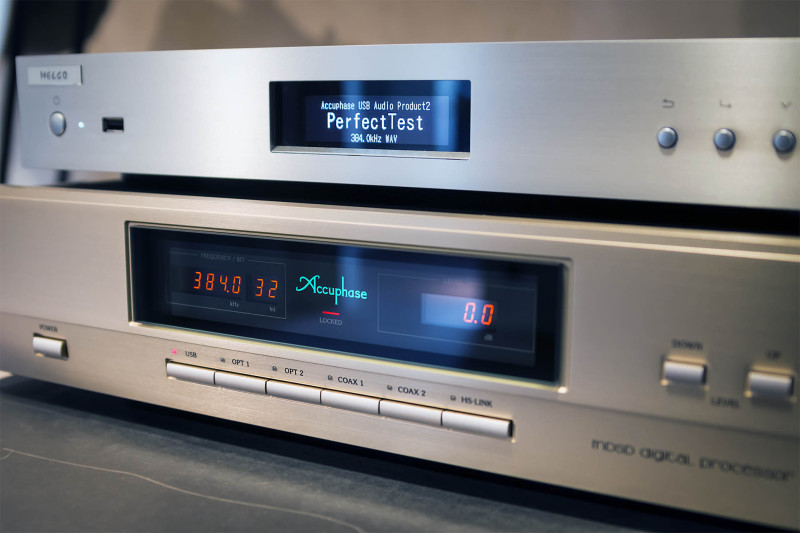Streaming with Accuphase and Melco N1A
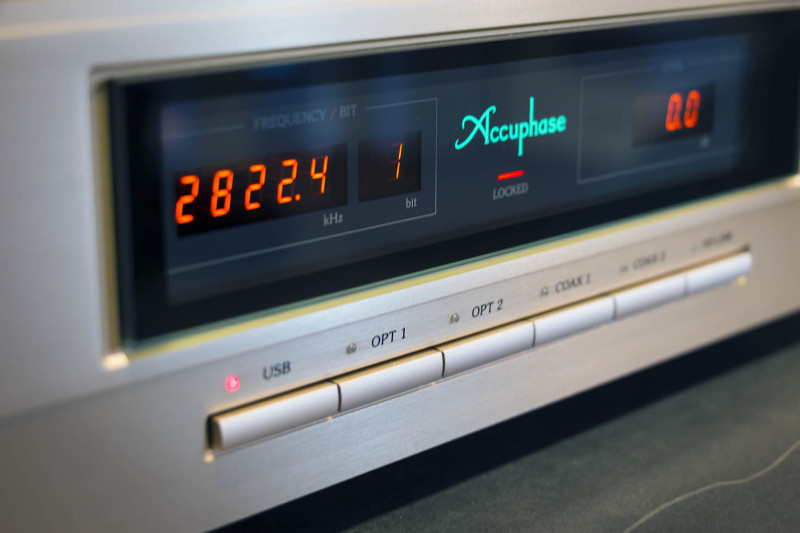
Streaming with Accuphase not possible? Yes, it is—and it's actually a lot of fun. We'll show you how.
by Olaf Adam
Accuphase was founded in 1972 in Yokohama and has since marked the pinnacle of Japanese high-end hi-fi. You shouldn't be fooled by the traditionally champagne-colored cases, nor by the labeling and displays in the charming 80s style. Accuphase constantly develops its products and technologies further and responds to all new trends in the market. For example, the Japanese have one of the best and most advanced D/A converters currently available in their lineup with the DC-37. So, to achieve fully digital hi-fi bliss, all that's really missing is a good streamer—but unfortunately, you won't find one at Accuphase. We experimented a bit and found a perfect playmate with the Melco N1A, which allows you to build an easy-to-use streaming solution with the unmistakable Accuphase sound.
Streaming with Accuphase DC-37

The streamer
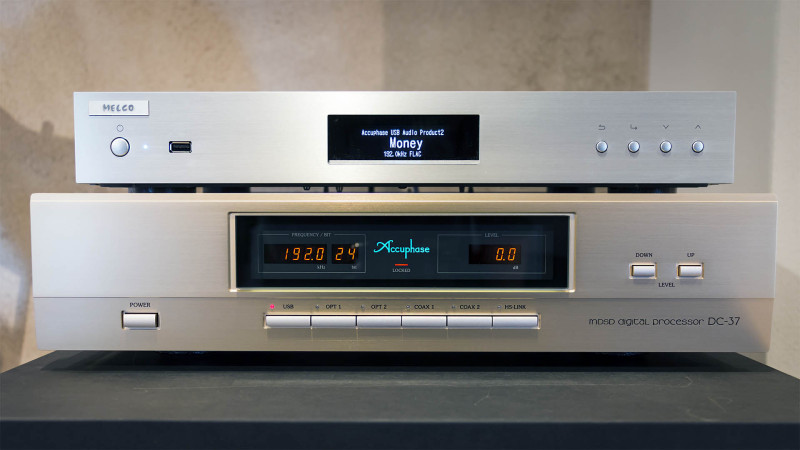
Melco – Storage solution with audio tradition
First of all, the N1A is much more than a streamer and is primarily a digital music library. The development was initiated by none other than Makoto Maki, founder and chairman of Buffalo Inc., one of the world's leading manufacturers of hard drives and storage solutions. Makoto Maki has indulged his love for high-quality hi-fi for decades and founded his company (back then under the name Maki Engineering Laboratory Company – MELCO) as a hi-fi manufacturer. After introducing some highly regarded turntables, Melco's activities shifted increasingly toward audio components and accessories, and eventually toward computer peripherals and hard drives. While the brand name Buffalo became world-famous in this field, the parent company still operates under the name Melco Holdings.

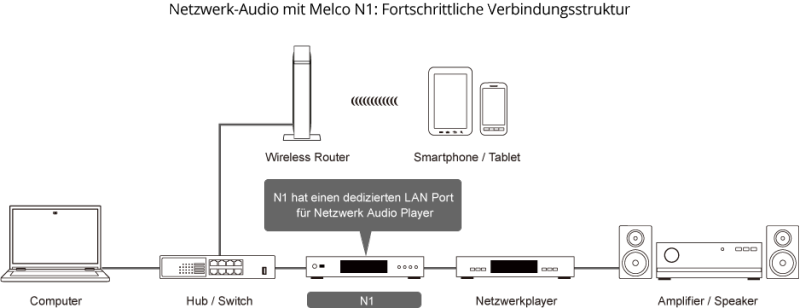
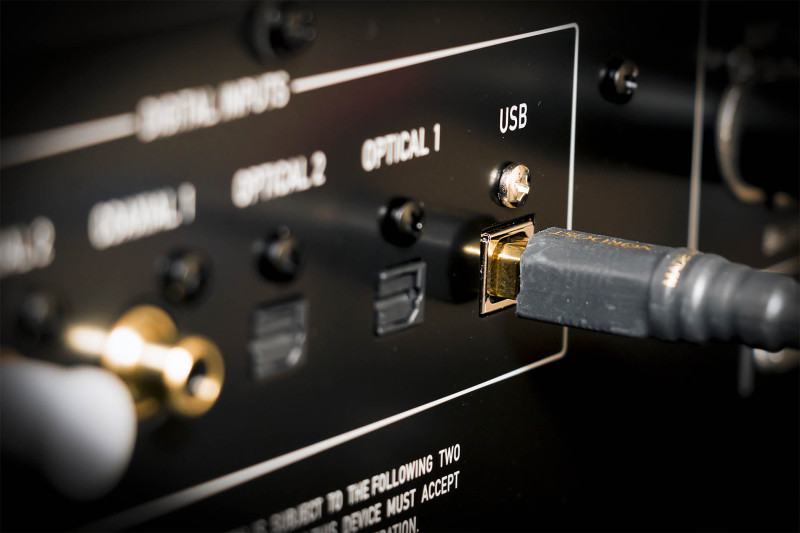
In practice: Streaming with Accuphase and Melco
All of this is, of course, theory, and indeed quite complex once you delve into the technical details. What counts is practice. And our setup in Listening Studio 07 at AUDITORIUM Hamm quickly demonstrated the enormous sound potential of the combination of Accuphase DC-37 and Melco N1A. As described, the DC-37 is an excellent converter, and the Accuphase chain with Avantgarde Acoustic Trio speakers already sounded truly impressive before. But adding the Melco N1A as the source actually takes it to a whole new level.
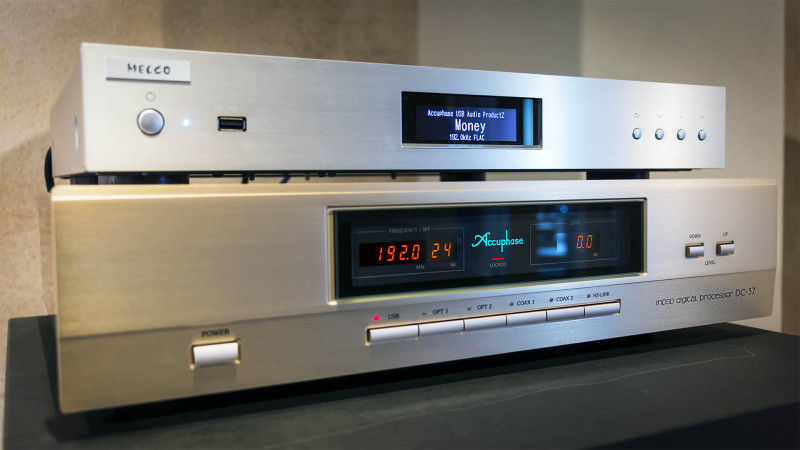
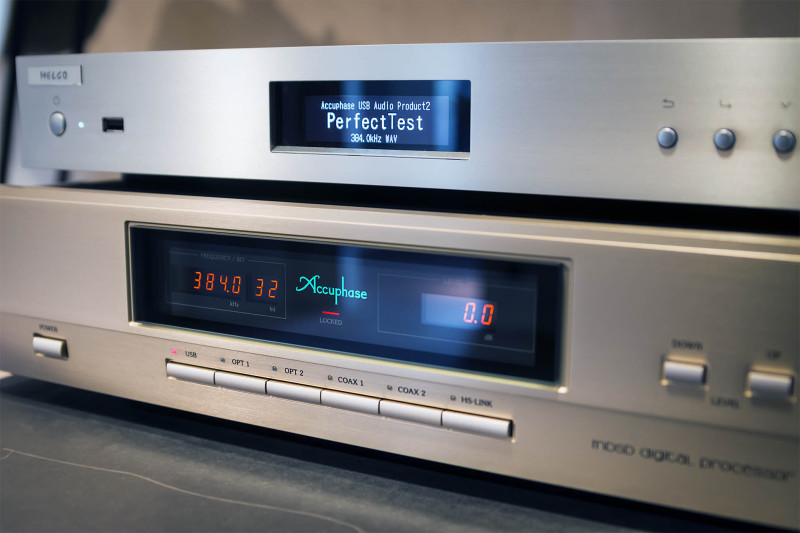
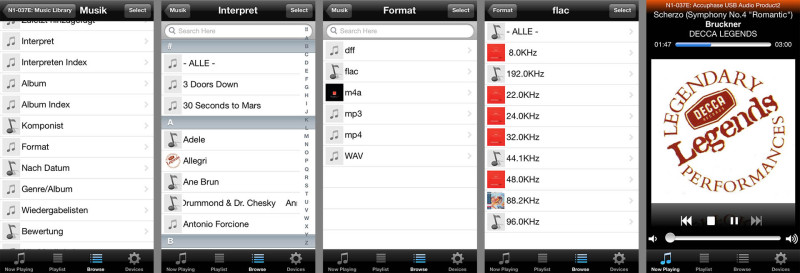
More information:
Accuphase DC-37 and Melco N1A
